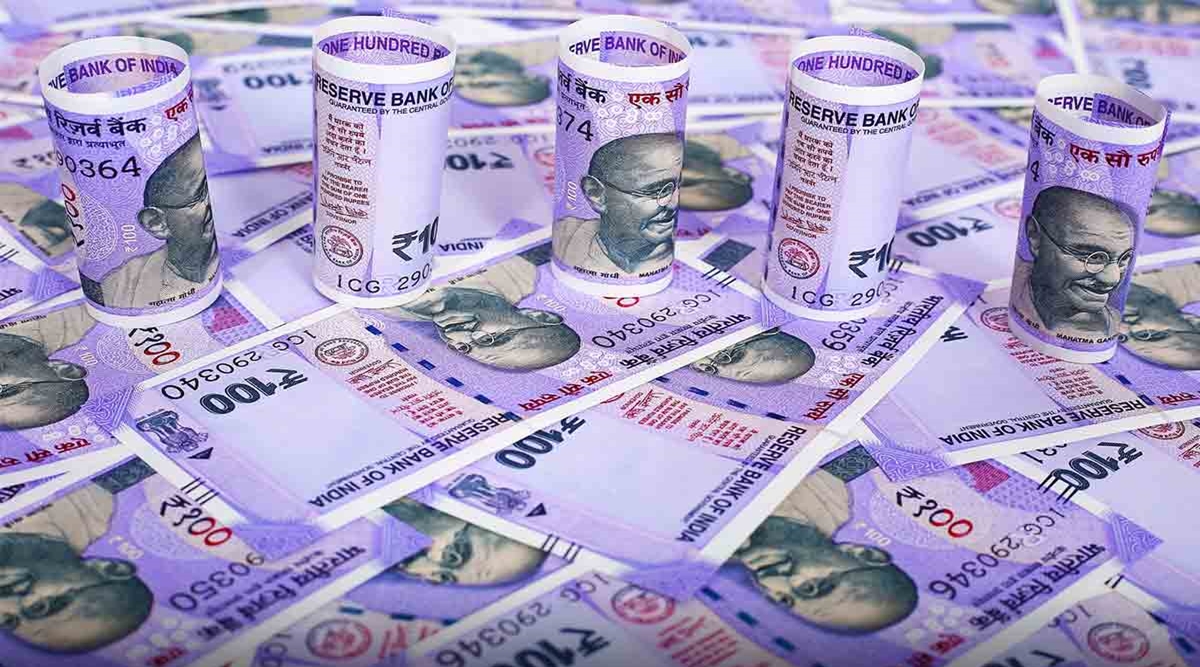20 May , 2022 By : monika singh

The report commissioned by the Prime Minister’s Economic Advisory Council (EAC-PM) did not spring any surprise on the abysmal level of multi-dimensional deprivations in the country. Income inequality in India is not only wide and stark, but also an oddity among the comity of nations for the almost philosophical acceptance of it by the society at large. The official line is to understate the issue. As noted economist Thomas Piketty put it, “India has to come to terms with its problem of inequality.” As the scourge has its origins in “a large level of inequality coming from historical legacy,” only big mobilisations would have corrected it meaningfully. However, since large-scale mobility across income and caste strata has never happened, the boundaries between social categories and castes have remained rigid over decades. It often requires external agencies like the World Bank and the UNDP-OPHI to remind everybody about India’s unenviable bottom slot in the global poverty order or in terms of income disparity. In the absence of diligently collected and regularly revised official data on income levels or the incidence of poverty or the number of “the poor,” or even who the poor are, it is easier to dispute data from external sources. But even if the external agencies overstate India’s problem (they hardly do field surveys here), that it is a serious and intractable one at hand cannot be denied.
The World Inequality Report said in last December that the top 10% of the Indian population had 57% of the country’s total national income in 2021, while the top 1% held 22%. The latest report by the Institute of Competitiveness quotes the country’s own Periodic Labour Force Survey to state that the top 1% held 6-7% and the top 10% a third of national income in 2019-20. In either case, the situation is very grim and cries for remedial interventions. As the EAC-PM report said, “the share held by the top 1% is only increasing, thereby further marginalising the poor.” The EAC-PM rightly discounts the efficacy of the trickle-down theory. Or else, a monthly salary of `25,000 could not have been among the top 10 percentile of the wages earned in the country even in 2019-20, leaving one to ruefully wonder about the predicament of the bottom-most percentile. What are the logical ways to reverse the rising inequality then? State interventions are a must to correct the economic asymmetry, but the question is how and at what cost.
The EAC-PM has suggested an urban counterpart to the rural employment guarantee scheme, which has been reasonably successful in containing rural distress. So long as the urban scheme has a strong linkage to creation of durable urban infrastructure, its economic productiveness can’t be questioned. The suggestion to raise minimum income is also well accepted, though its enforcement will be difficult as it would require states’ support (the wage floors vary widely across states now and provide adequate income support only in a few states). But revisiting the idea of a universal basic income (UBI) may be fraught with grave fiscal costs, especially since explicit budget subsidies on food and fertilisers are increasingly proving to be sticky and prone to external shocks.
An earlier design of the UBI, which assumed a quasi-universality rate of 75%, was estimated to cost a considerable 5% of the GDP, while the current subsidies were to be subsumed in it. A better option will be to make the top 1% of the income pyramid to commit more resources as tax revenues to the government and use these for scaling up public expenditure on health and education. Examples abound around the world on such spending being great catalysts to push equity. If corporate tax rates need to be benign to be in alignment with the competing economies, taxes on ultra high individual incomes and wealth could be an effective instrument to propel growth, as much for redistributive justice.
0 Comment